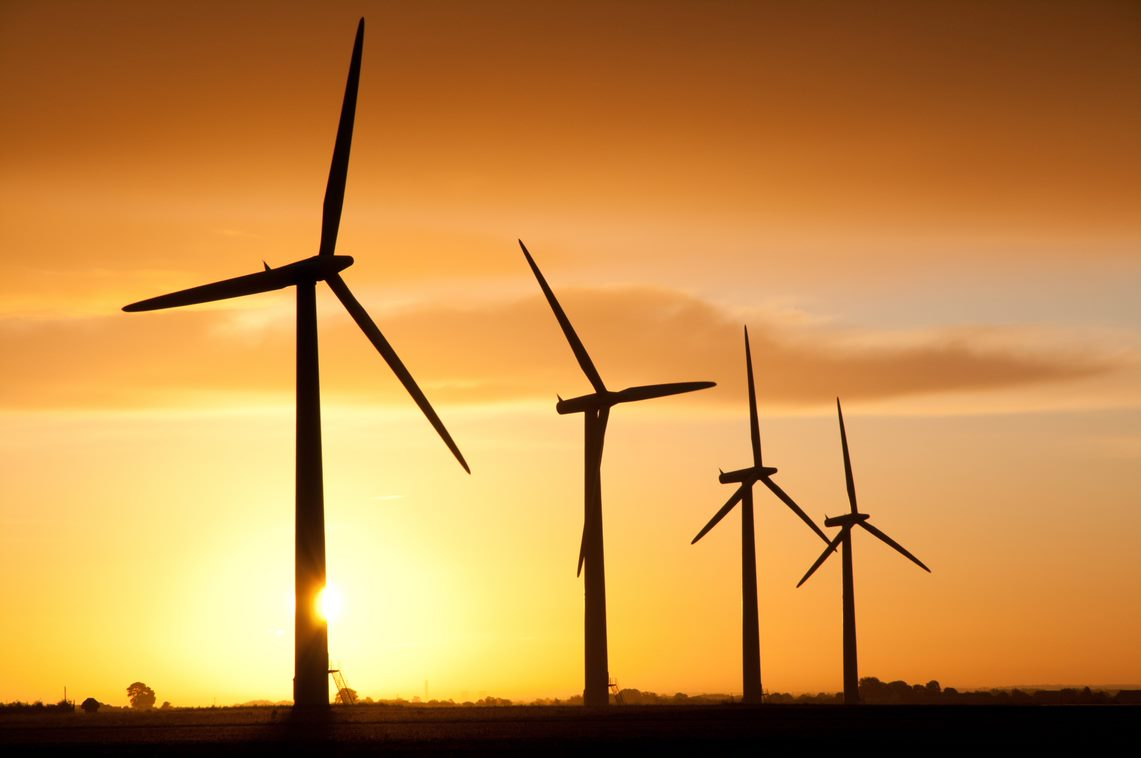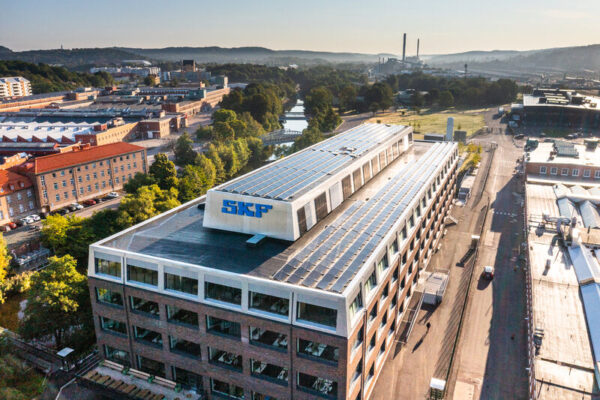The European Commission recently announced a controversial move towards new rules regarding the phasing out of SF6 from future electrical installations in the renewables industry. While there are a few caveats, there is a way forward that is feasible, economical, and that dovetails with European and global green energy objectives.
The current reliance on SF6
SF6, or sulfur hexafluoride, is a colorless, odorless, non-toxic gas (belonging to the F-Gas family) that is five times denser than air and the most potent greenhouse gas on the planet. Its GW (global warming) capacity clocks in at 23, 500 times greater than carbon dioxide.
So why has SF6 had such a salutary effect on the wind industry? The answer lies in its electrical insulation properties, which are especially crucial for remote wind installations, particularly in medium to high-voltage switchgear and circuit breakers. SF6 prevents fire, explosion, and decimation at these sites. It is furthermore a boon for isolated offshore facilities, as its maintenance requirements are negligible, and it has a reliable track record.
Challenges ahead
Manufacturers of electrical equipment have been hard at work sourcing alternative technology: mixed gas, air/solid, and vacuum technology have all been employed to this end. The new replacement tech is functional and high-performing without the life cycle complexities seen in the old SF6-based tech.
However, there is currently no plan to replace the existing switchgear. The dismantling of older equipment must be done safely and reliably — the health of power grid transmission depends on it. Failure to heed this warning could create supply bottlenecks and backlogs and impede the stationing of new wind farms.
Conditional support
To this end, energy giants like Wind Europe, Vattenfall, Hitachi, and more drafted a joint letter in response to the legislative proposal of April 5, 2023, to revise its current legislation on F-gases in line with the objectives of the European Green Deal, the European Climate Law, and the more recent international obligations under the Montreal Protocol.
In this missive, the industry titans agreed that the phaseout of F-gases like SF6 should be fully embraced, welcoming new legislation. Participants stressed, however, that the plans for the phaseout must not hinder Europe’s timeline for decarbonization. Furthermore, the following conditions must be met to achieve the phaseout of SF6 smoothly and safely:
- Existing equipment continues to be serviced, maintained, and repaired until the end of its life cycle. Therefore, spare parts should be excluded from the F-gas ban wherever possible.
- The tendering process is prioritized for the availability of equipment, ensuring competition and timely availability of supply during the phaseout. This will help ensure that there will be enough installation equipment to help meet Europe’s current goal of 750 GW of wind and solar by 2030, and enough to service high-voltage installations.
- Leak checks minimize risk and do not go beyond the scope of their original purpose, as dismantling them en masse or allowing equipment to sit idle will expose them to damage. This can be achieved by avoiding risky leakage management practices and requiring that all new equipment conform to sealed pressure equipment IEC standards.
Demonstrating commitment
The decision of the European Commission to reduce the usage of SF6 marks a noteworthy progression in their efforts to attain ambitious environmental goals and showcases their dedication to transitioning towards more sustainable alternatives. Provided that certain conditions are met, the wind industry should be able to align itself with the new rules and regulations.



